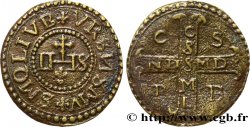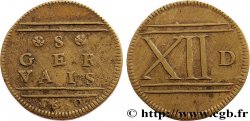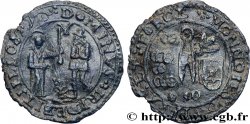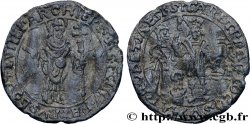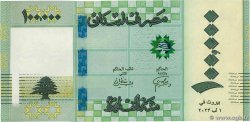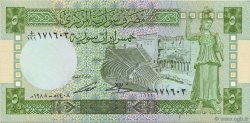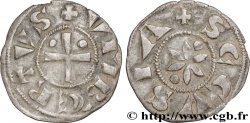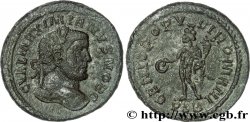fjt_233203 - ROUYER - XI. MÉREAUX ET PIÈCES ANALOGUES Méreau écclésiastique indéterminé en plomb n.d.
недоступный.
Товар уже продан в нашем интернет-магазине (2023)
Цена: : 280.00 €
Товар уже продан в нашем интернет-магазине (2023)
Цена: : 280.00 €
Тип Méreau écclésiastique indéterminé en plomb
Дата: n.d.
Металл: lead
Диаметр: 27,5 mm
Ориентация осей монеты: 12 h.
Век: lisse
Редкость: R2
Лицевая сторона
Аверс: легенда: IHS.
Аверс: описание: IHS, dans un cercle de besants, supportant une croix bouletée à l’intersection, sur trois flèches.
Обратная сторона
Реверс: легенда: IESVS: DE: NAZARET: ROY: DES: IVIFS.
Реверс: Описание: Scène de crucifixion avec au pied de la croix deux personnages auréolés et sur la croix la banderole où devait être écrit INRI si le graveur avait pu aller à ce détail.
Комментарий
IHS est l’abréviation de Iesus Hominum Salvator, Jésus sauveur des hommes. INRI est l’abréviation de Iesus Nazarenus Rex Iudæorum , jésus de Nazareth, roi des Juifs.
Les abréviations des légendes en : font penser à une fabrication très ancienne, fin XVe début XVIe.
IHS is the abbreviation of Iesus Hominum Salvator, Jesus savior of men. INRI is the abbreviation of Iesus Nazarenus Rex Iudæorum, Jesus of Nazareth, king of the Jews. The abbreviations of the legends in : suggest a very old fabrication, late 15th early 16th century
Les abréviations des légendes en : font penser à une fabrication très ancienne, fin XVe début XVIe.
IHS is the abbreviation of Iesus Hominum Salvator, Jesus savior of men. INRI is the abbreviation of Iesus Nazarenus Rex Iudæorum, Jesus of Nazareth, king of the Jews. The abbreviations of the legends in : suggest a very old fabrication, late 15th early 16th century







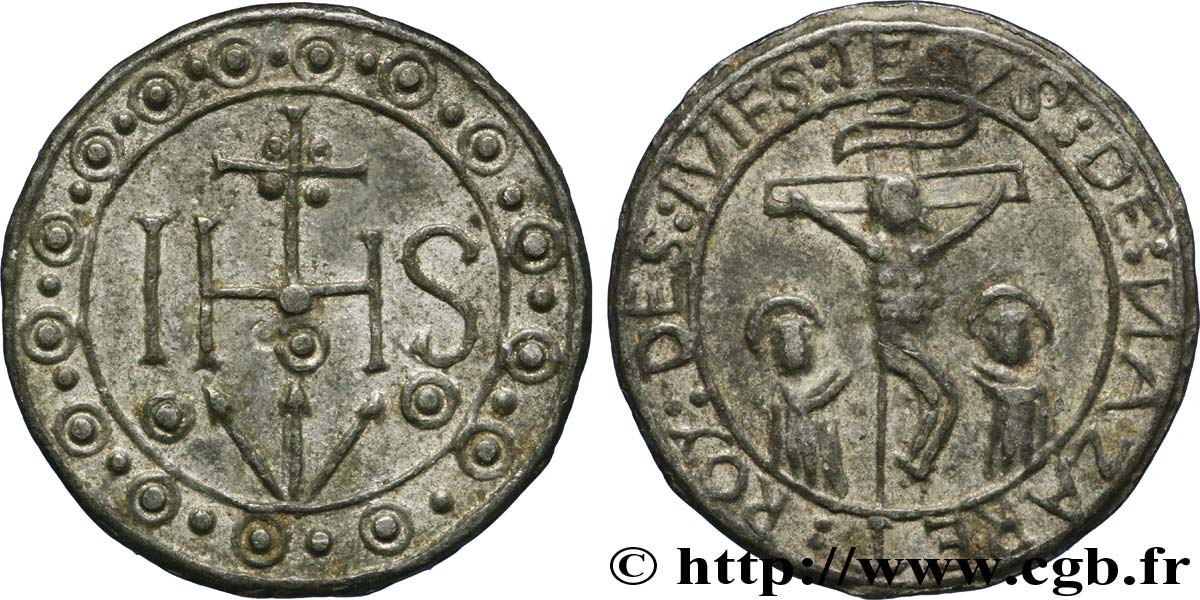
 Cообщить об ошибке
Cообщить об ошибке Распечатать страницу
Распечатать страницу Отправить мой выбор
Отправить мой выбор Задать вопрос
Задать вопрос Consign / sell
Consign / sell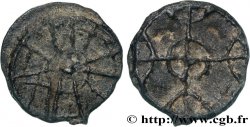
 Информация
Информация